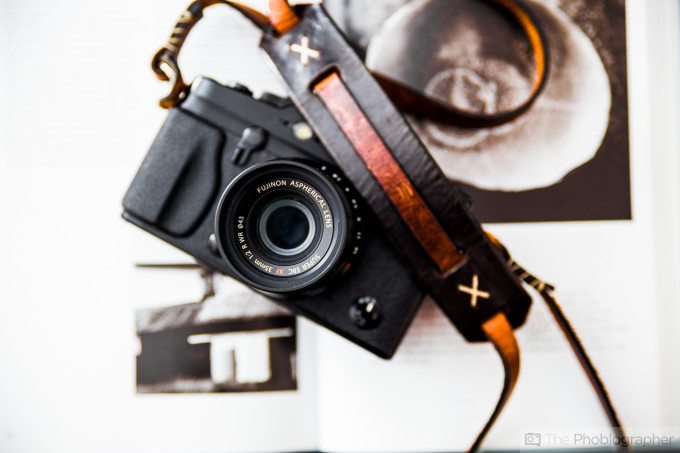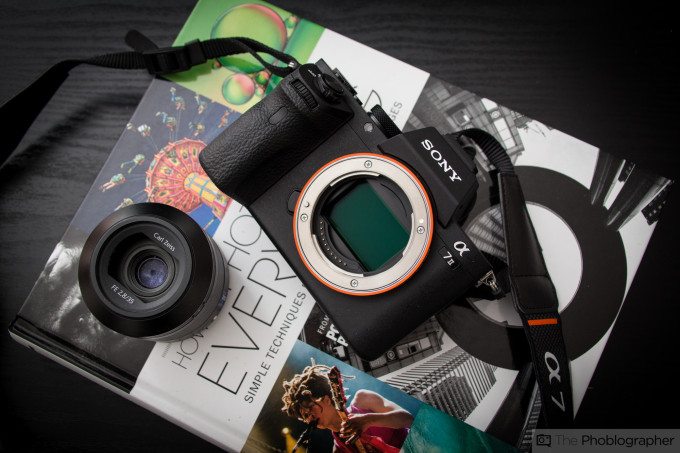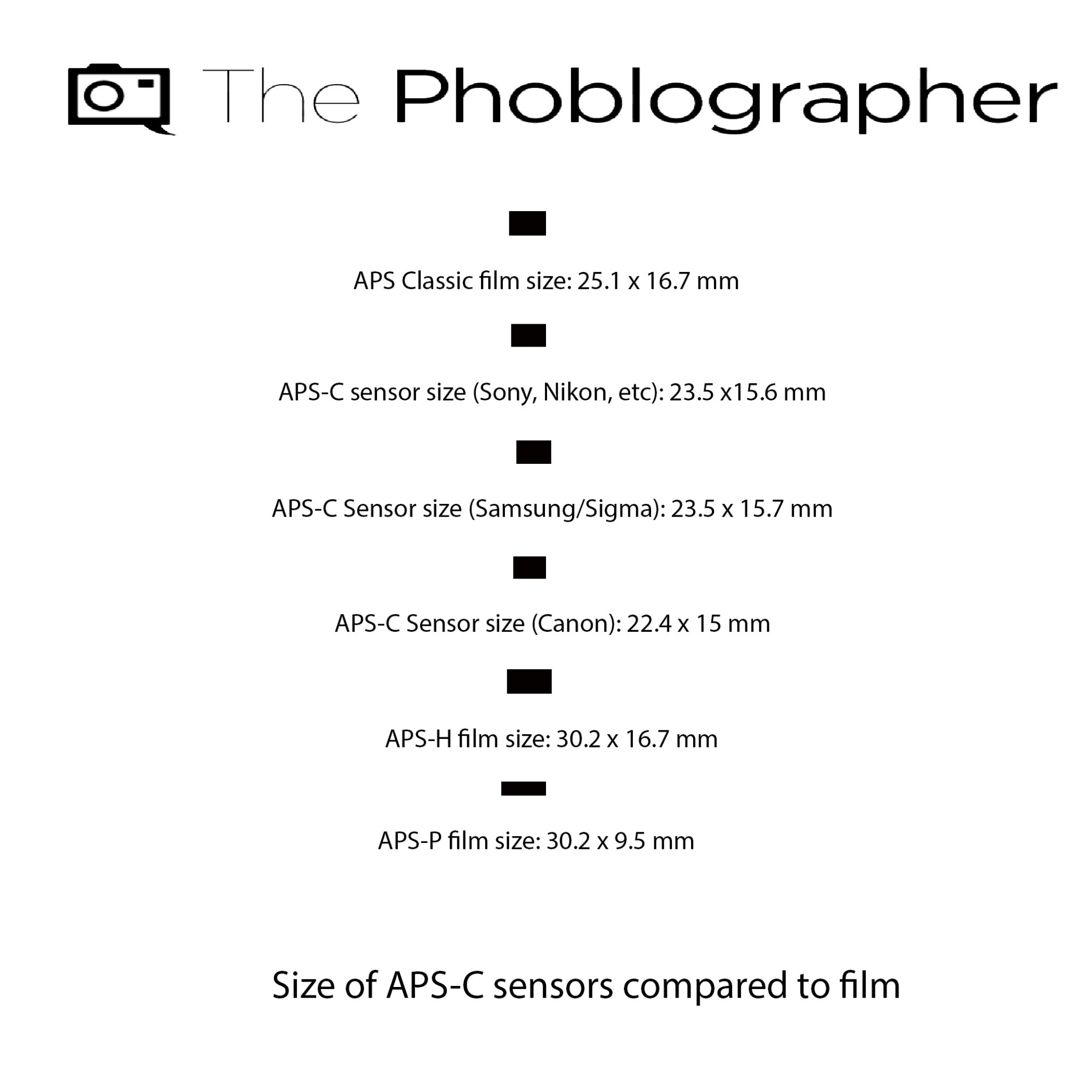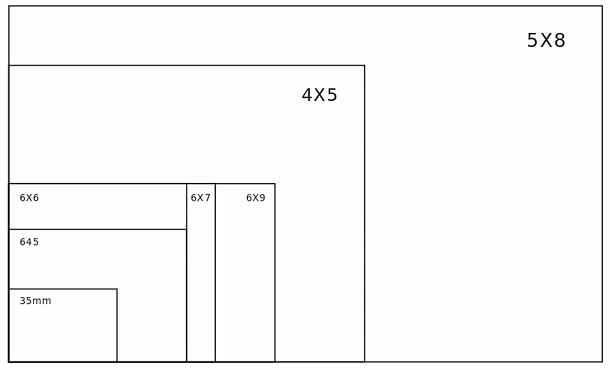Last Updated on 11/30/2015 by Chris Gampat
Full Frame has been a term in heavy use in the photography community for years now since the first digital full frame 35mm sensors were formed. Then medium format came about, and they had their own full frame format. Instead of having a sensor with full 645 field coverage, some sensors were slightly smaller than that–therefore not providing a true 645 format coverage.
This was one of the problems with digital initially–the cameras were designed to take lenses created to cover a 35mm film plane/sensor but the only options available for many years were APS-C film/sensor cameras. But then why was there no full frame APS-C moniker if 35mm and 645 have their own? And to that end, why wasn’t it called full frame APS?
Inspired partially by this and the fact that there are many photographers these days who have never shot with film in their life, it makes sense for the industry to move away from this naming convention. Because of this, when medium format camera companies use the term “Full Frame” to describe their sensors it’s easy for someone to believe that the sensor is the size of 35mm film instead of a 645 film surface. Trust me, I’ve seen the emails! In that case, it would be tougher for someone to justify a purchase.
Even so, it still makes no sense as even APS-C film had its own sizes.
In fact, it would make sense to call the 1.5x crop factor APS-C sensors that most camera manufacturers use a full frame APS sensor. On that line of thinking, an Olympus Pen (the vintage film cameras) would be called a half-frame camera because of it being based on the comparison to 35mm film. However, the difference there is that it still used 35mm film whereas APS film cameras did not. The disconnect once again came from DSLRs being invented that used a smaller APS sensor but also lenses designed for use with larger than APS 35mm film.
When you look at the sizes of other film planes and how large some can be when speaking comparatively, it makes sense that one could argue that 645 could be the true full frame sensor for professionals in the digital. But indeed, these days full frame is often synonymous with a 35mm equivalent sensor size. Beyond that, everyone these days knows that there are professionals who do fantastic work with APS-C sensors, Four Thirds sensors, and even point and shoots. Again, on that line of thinking, one could argue that not having a full frame 35mm sensor could be putting down APS-C sensor cameras when indeed they’re quite exceptional.
The industry should move forward from this naming convention as even in 10 years it would mean that APS sensors would still not be up to par with a 35mm sensor.





